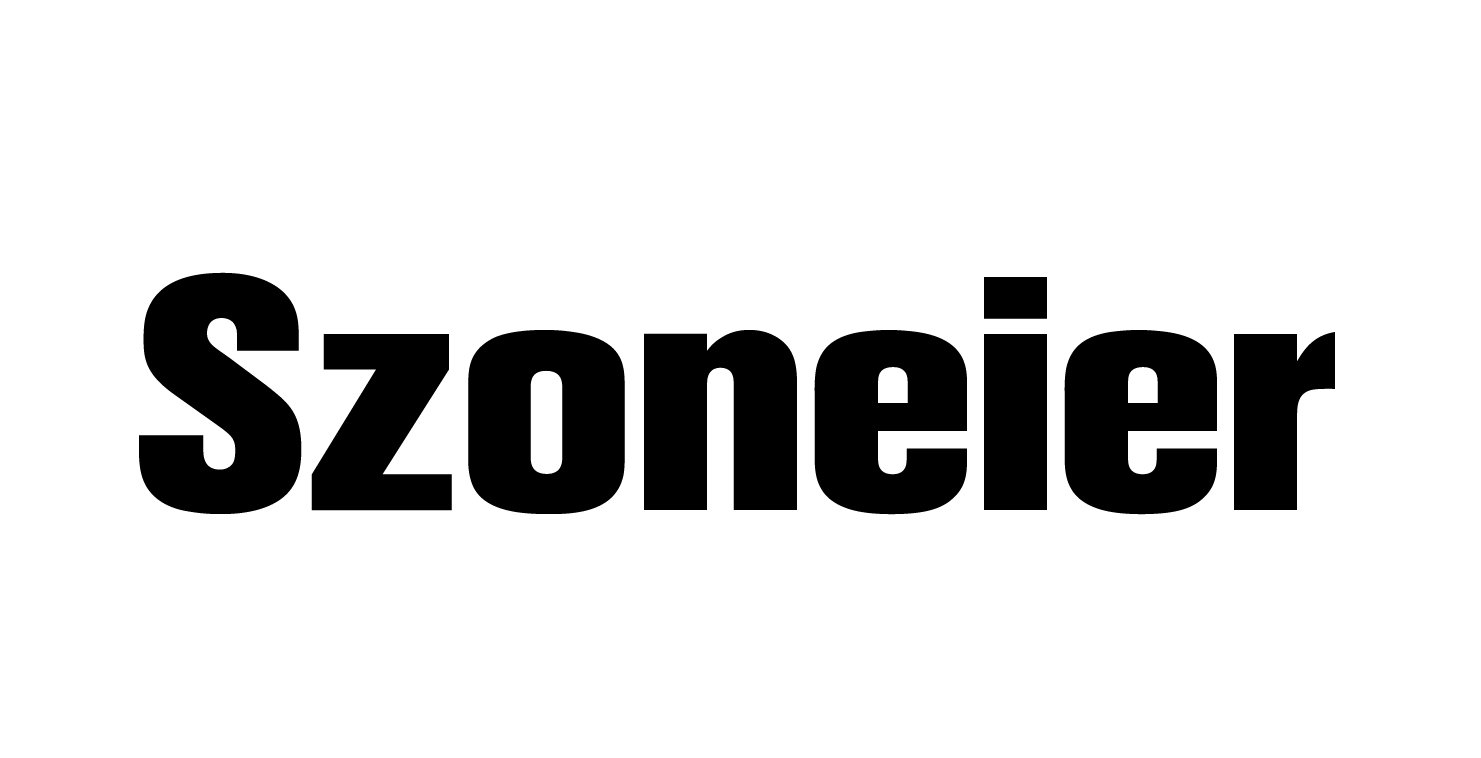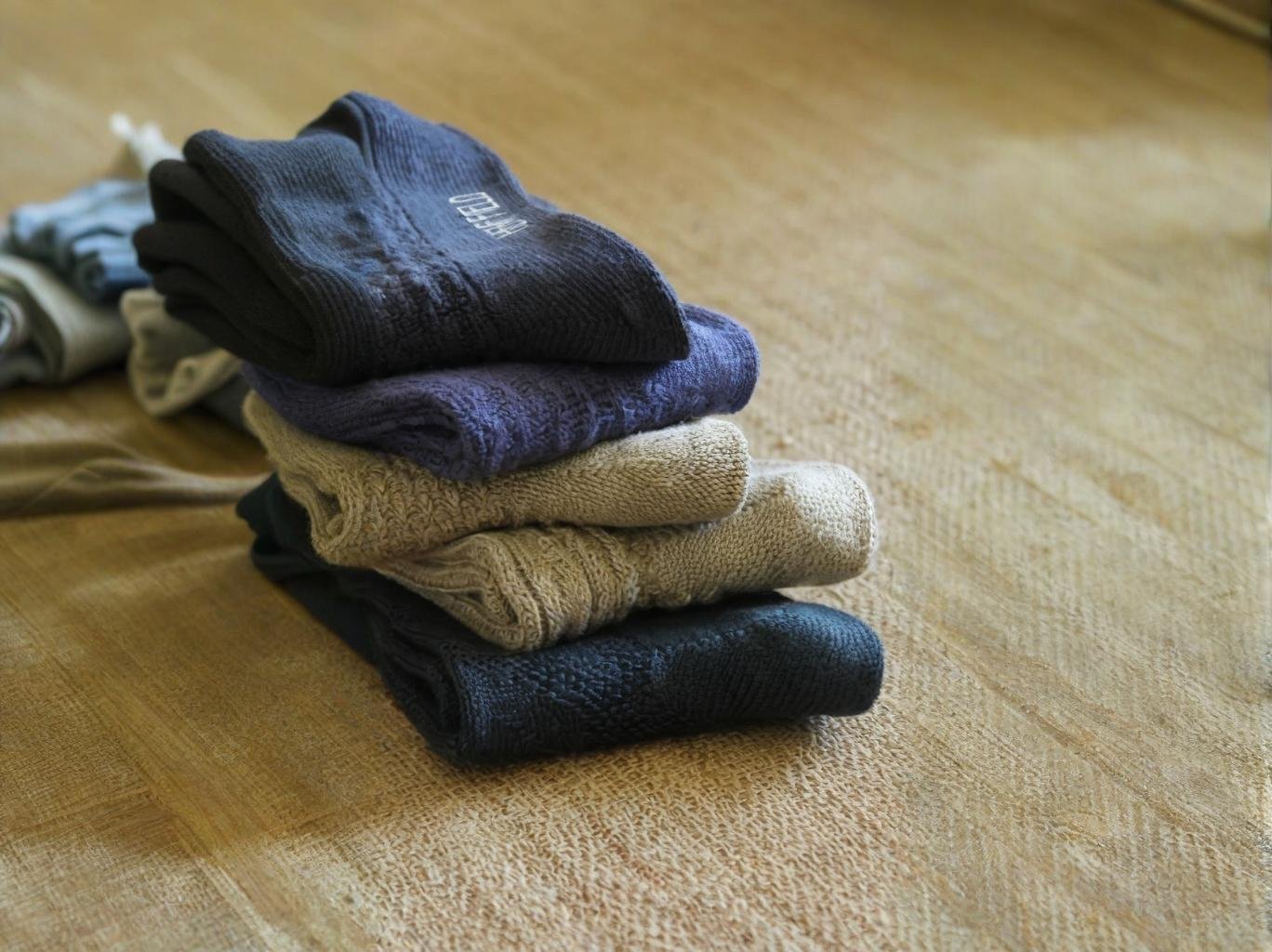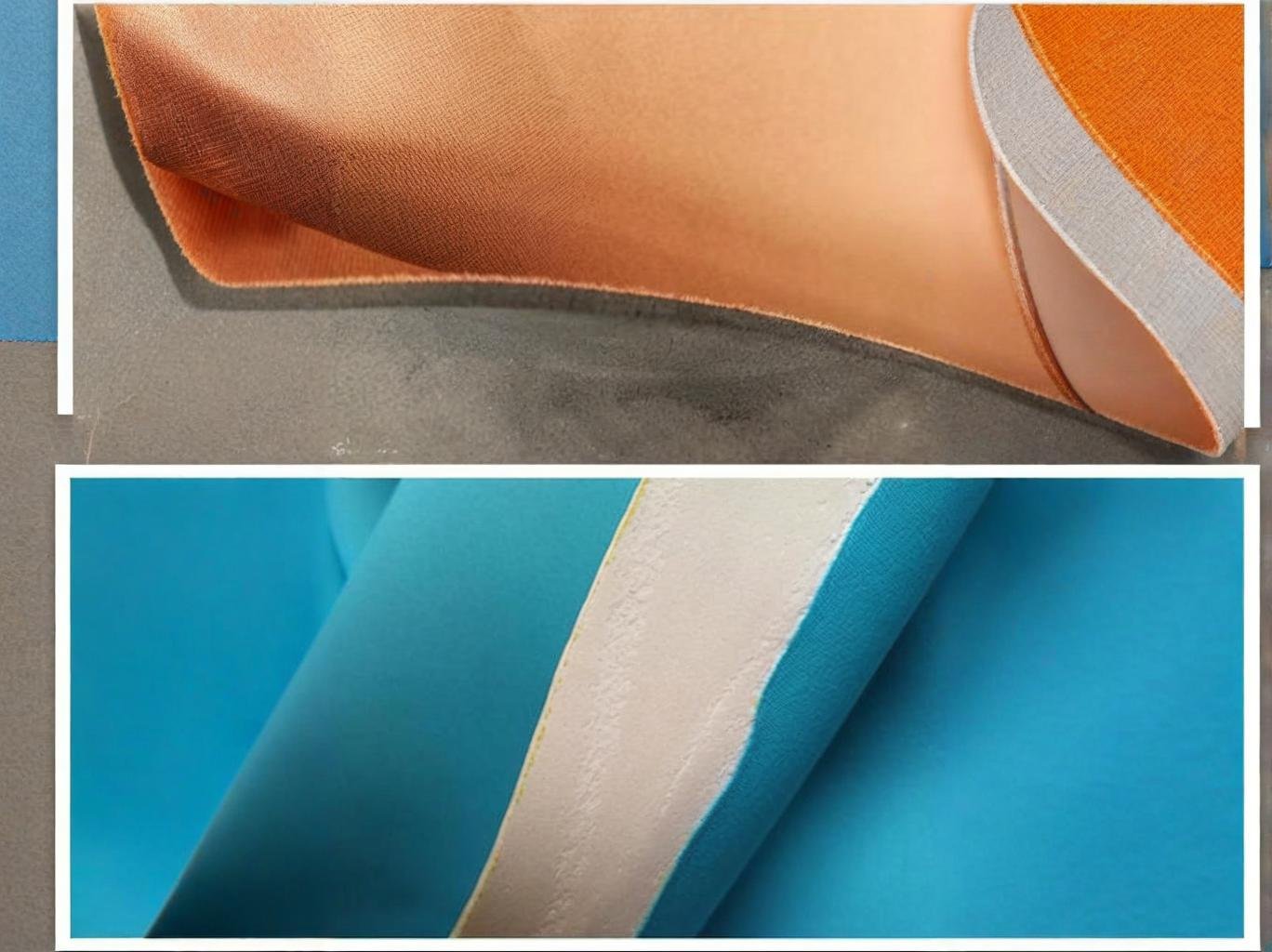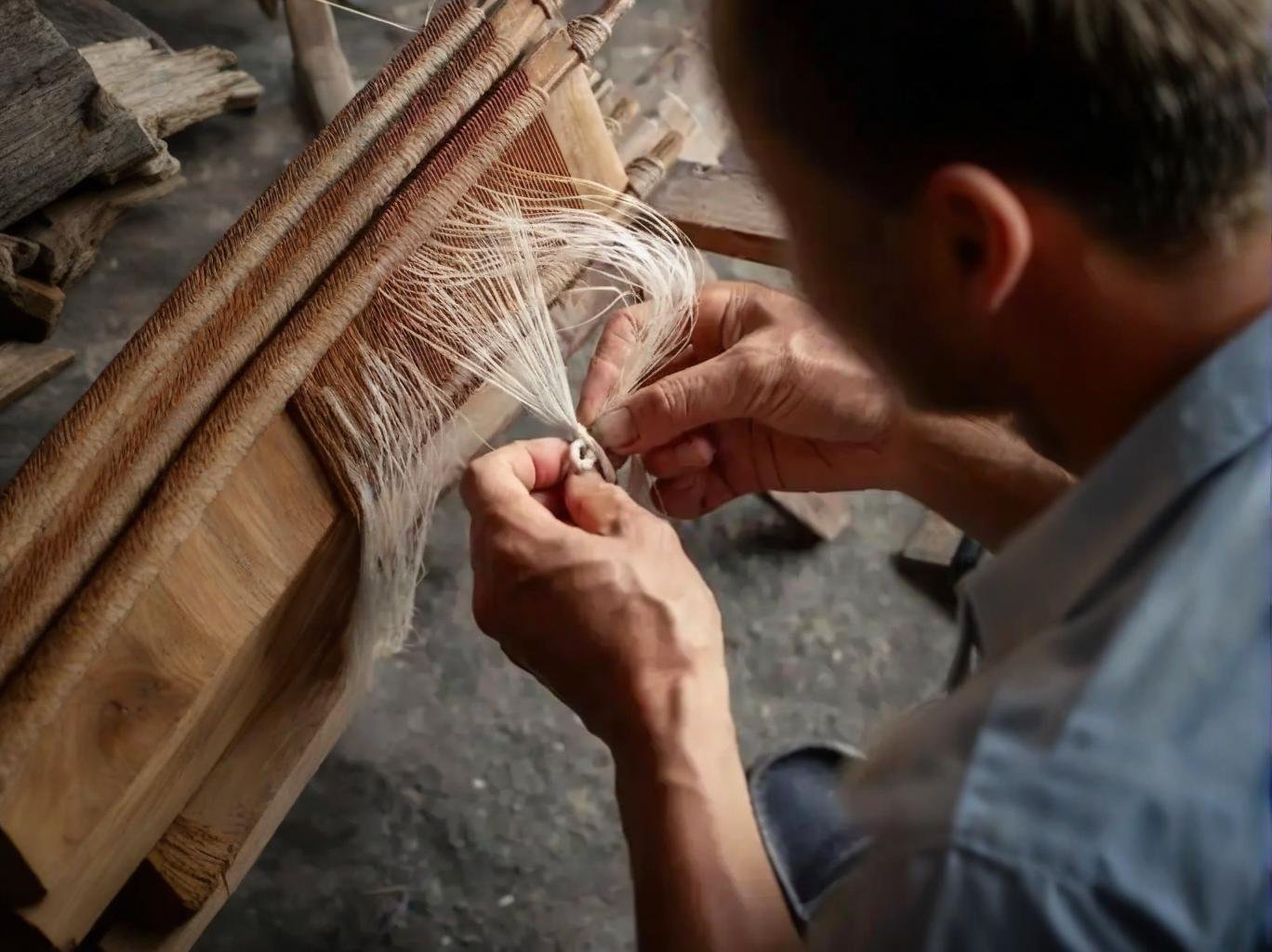What Is The Price Of Hemp Fiber?
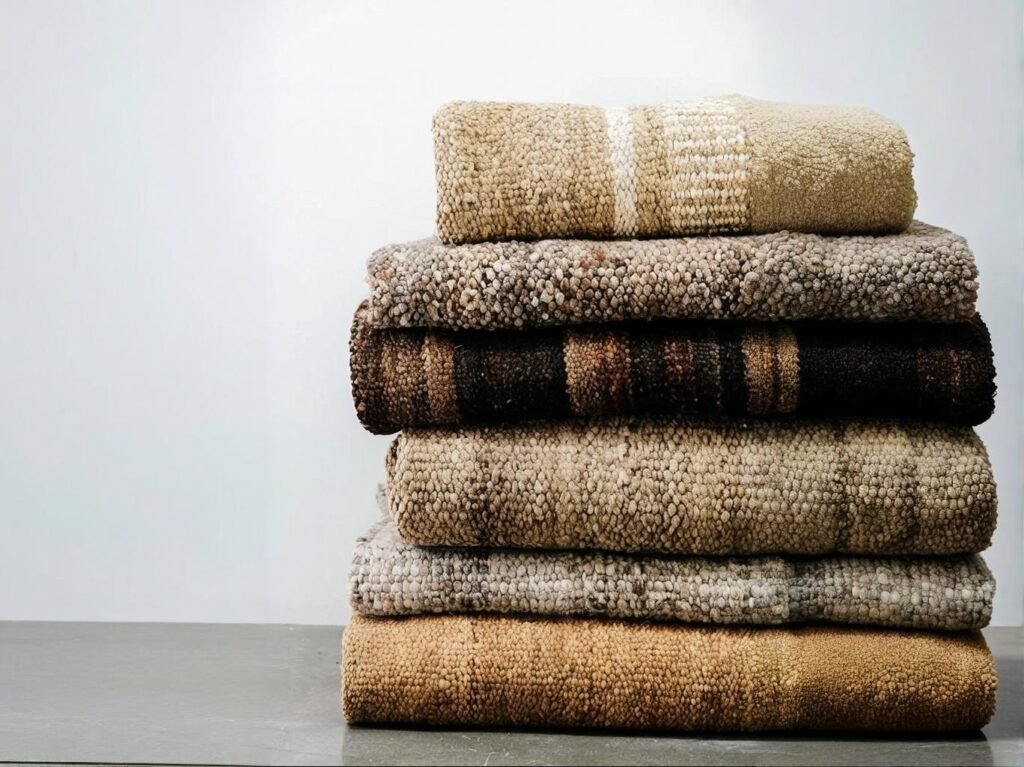
With the growing demand for sustainable and low-impact materials in fashion, packaging, and home textiles, hemp has positioned itself as a natural front-runner. But one question continues to shape sourcing decisions across industries: what exactly does hemp fiber cost—and is it worth the price compared to alternatives like cotton or linen?
The average price of raw hemp fiber ranges from $1.80 to $3.50 per kg for unprocessed material, while degummed, textile-grade hemp fiber can cost between $4.00 and $7.50 per kg depending on region, quality, processing method, and certification.
That’s the short answer—but in practice, pricing is influenced by a complex mix of factors like country of origin, processing technique, fiber grade, and order quantity. One sourcing manager may pay $5.60/kg for degummed hemp from Yunnan, China, while another may secure raw Indian hemp for under $2.00/kg, but face higher finishing costs. This article breaks down those hidden variables so you can source strategically, align with your budget, and select the right grade for your product category.
We’ll also show you how brands—from startup fashion labels to multinational homeware retailers—are structuring their hemp purchases for both cost-efficiency and certification compliance.
1. What Is the Average Market Price of Raw and Processed Hemp Fiber?
The average global market price of hemp fiber ranges from $1.80 to $7.50 per kg, depending on the fiber’s processing stage. Raw bast fiber is the least expensive, while degummed or combed fiber prepared for spinning is the most costly.
Global Hemp Pricing by Processing Stage
a. Price Comparison Table
| Hemp Fiber Type | Description | Average Price (USD/kg) |
|---|---|---|
| Raw Bast Fiber | Unprocessed stalk fiber, often baled | $1.80 – $2.80 |
| Cleaned Fiber | Decorticated, coarse fiber with basic grading | $2.50 – $3.50 |
| Degummed Fiber | Chemically/enzymatically softened for yarn | $4.00 – $6.50 |
| Combed/Spinnable Fiber | Carded and aligned for fine spinning | $5.50 – $7.50 |
b. Factors That Influence Base Pricing
- Processing costs (mechanical vs chemical vs enzymatic)
- Fiber length and fineness (longer and finer = more expensive)
- Contamination or discoloration levels (especially relevant for dyed textiles)
- Labor and energy costs by region
**c. Real-World Supplier Quotes (2024)**From verified international buyers and supplier RFQs:
| Region | Fiber Type | Price (USD/kg) | MOQ (kg) | Certification |
|---|---|---|---|---|
| China (Yunnan) | Degummed Hemp | $5.10 | 300 | GOTS, OEKO-TEX |
| India (Uttarakhand) | Raw Bast | $2.10 | 500 | None (local use) |
| Romania | Spinnable Fiber | $6.30 | 100 | GOTS, EU Organic |
| U.S. (Montana) | Cleaned Fiber | $3.80 | 1000 | USDA Organic |
d. Market Fluctuation Factors
- Changes in harvest yields due to weather
- Regional shifts in CBD vs fiber crop demand
- Transportation costs (fuel, container shortages)
- Seasonal labor pricing and export tariffs
“We source degummed hemp from both China and Romania. The Romanian fiber is pricier but works better for luxury garments. We use the Chinese hemp for blended basics and reduce cost without sacrificing eco credibility.” — Procurement Manager, Sustainable Apparel Brand (Germany)
2. Which Factors Influence the Price of Hemp Fiber Globally?
Hemp fiber prices are influenced by variables such as regional labor costs, processing infrastructure, cultivation yield, fiber grade, transportation logistics, and certification requirements.
Multi-Factor Breakdown of Hemp Fiber Pricing
a. Geographical Labor and Processing Cost Variance
| Region | Avg Labor Cost/Hour | Processing Level | Price Impact |
|---|---|---|---|
| China | $1.50–$3.00 | High | Moderate |
| India | $0.70–$1.20 | Low to Medium | Lower base price |
| EU (France) | $8.00–$12.00 | High | Higher per kg |
| USA | $10.00–$15.00 | Developing | Inconsistent |
b. Certification and Compliance
Certifications like GOTS, OEKO-TEX, REACH, and USDA Organic can add $0.30–$1.50/kg depending on auditing, traceability, and batch size.
c. Fiber Type and Final Application Use
| Application | Required Fiber Grade | Avg Cost (USD/kg) |
|---|---|---|
| Basic Canvas Bags | Cleaned Fiber | $2.50–$3.50 |
| Fashion Apparel | Degummed, fine fiber | $5.00–$7.00 |
| Upholstery & Interiors | Coarse or long fiber | $4.00–$6.00 |
| Insulation or Rope | Raw Bast | $1.80–$2.50 |
d. Logistics & MOQs
- Lower prices are usually available with high MOQ (500–1000 kg)
- Ocean freight adds $0.10–$0.25/kg from Asia to Europe or North America
- Air freight can increase cost by 2x–3x, used only for urgent sampling
e. Energy Costs & Machine Modernization
- Fiber degumming using closed-loop enzyme systems (common in China) adds sustainability but also cost
- Manual retting in regions like India or Nepal is cheaper but leads to inconsistent fiber quality
“We shifted part of our sourcing to Indian suppliers to lower costs, but quality consistency was an issue. Eventually, we blended Chinese and Indian fiber to hit both price and quality targets.” — Sourcing Lead, Home Textiles Exporter (U.S.)
3. How Does Hemp Fiber Pricing Compare to Cotton, Linen, and Bamboo?
Hemp fiber is generally more expensive than conventional cotton, competitively priced with linen, and more affordable than closed-loop bamboo (TENCEL), while offering superior durability and environmental benefits.
Side-by-Side Cost and Value Comparison
a. Price Comparison by Fiber Type (2024 Averages)
| Fiber Type | Avg Price (USD/kg) | Sustainability Rating | Notes |
|---|---|---|---|
| Conventional Cotton | $1.60–$2.30 | Low | Heavily water and pesticide intensive |
| Organic Cotton | $2.80–$3.80 | Medium–High | Lower yield; certified options |
| Hemp (degummed) | $4.50–$6.50 | Very High | Strong, breathable, long lifecycle |
| Linen (Flax) | $5.00–$7.50 | High | Similar to hemp, softer finish |
| Bamboo Viscose | $3.50–$6.00 | Medium (varies by process) | Chemically intense process unless closed-loop |
| TENCEL (Lyocell) | $6.00–$8.50 | High (closed-loop) | Silky hand feel, drapey, premium use |
b. Value Over Time: Durability Per Dollar
| Fabric Use Case | Lifespan (avg washes) | Cost-per-use vs Cotton |
|---|---|---|
| Hemp | 100+ | ↓ ~35% over 2 years |
| Organic Cotton | 60–70 | Equal or ↑ |
| Linen | 90–110 | ↓ ~25% long term |
| Bamboo Viscose | 40–60 | ↑ faster replacement |
c. Performance Factors that Offset Price
- Tensile strength of hemp is ~2x higher than cotton
- Hemp is naturally antibacterial and UV-resistant, reducing chemical treatments
- Fewer wash cycles required due to odor resistance
- For B2B buyers focused on sustainability ROI, hemp delivers better long-term margin retention
d. Real Buyer Case: Apparel Manufacturer in Canada
- Initially produced t-shirts with 100% organic cotton
- Switched to a 55% hemp / 45% organic cotton blend
- Material cost ↑ 18%
- Average product return ↓ 42% due to improved fabric strength
- Repeat orders ↑ by 28% among eco-conscious consumers
4. Do Different Grades of Hemp (Raw, Degummed, Textile-Grade) Affect the Cost?
Yes, different grades of hemp significantly affect the cost, with textile-grade degummed and combed fibers commanding the highest prices due to their preparation for spinning and weaving into fine fabric.
Understanding Hemp Fiber Grading and Its Impact on Cost
a. Fiber Grade Definitions
| Grade | Description | Use Case Examples |
|---|---|---|
| Raw Bast (Unprocessed) | Straight from decortication; mixed length and fineness | Ropes, mats, insulation, composite cores |
| Cleaned Fiber | Surface impurities removed, coarse fiber sorted | Canvas bags, carpet backing |
| Degummed (Semi-textile) | Gums removed chemically/enzymatically, moderately aligned | Apparel blends, fashion basics |
| Combed (Spinnable) | Long, uniform fibers aligned via carding | Fine-woven fabrics, luxury apparel |
b. Cost Impact by Grade (2024 Market Range)
| Grade Level | Avg Price (USD/kg) | Key Markets |
|---|---|---|
| Raw Bast | $1.80 – $2.50 | India, Nepal, Bangladesh |
| Cleaned Fiber | $2.50 – $3.80 | China, USA, Thailand |
| Degummed Fiber | $4.00 – $6.50 | China, France, Romania |
| Combed Textile Fiber | $5.50 – $7.50+ | France, Romania, high-end CN |
c. Which Grades Are Best for B2B Buyers by Category
| Buyer Type | Recommended Grade | Reason |
|---|---|---|
| Bag Manufacturer | Cleaned or Degummed | Tough, low shrinkage, affordable |
| Fashion Brand (Premium) | Combed, GOTS-certified | Smooth texture, drapey, certification-ready |
| Home Textile Supplier | Degummed (for blends) | High breathability, blends with cotton/linen |
| Industrial Exporter | Raw or Cleaned | Budget-friendly, lower compliance thresholds |
d. Additional Considerations
- Degumming method affects softness and color consistency
- Buyers using enzyme-based degumming pay more but gain sustainability storytelling
- Combing and carding ensure yarn-spinnability, especially for fine knits and shirting
“We paid nearly $7/kg for combed hemp from Romania, and while it was double the cost of Indian fiber, the difference in weaving performance and dye uptake made it worthwhile.” — Textile Engineer, EU-based Shirting Brand
5. Is There a Price Difference Between Organic and Conventional Hemp Fiber?
Yes, organic hemp fiber typically costs 10–25% more than conventional hemp due to the added cost of certification, traceability, and more labor-intensive farming and processing practices.
Organic vs Conventional Hemp Fiber Pricing
a. What Qualifies Hemp as Organic? To be labeled as organic, hemp must:
- Be grown without synthetic pesticides, herbicides, or fertilizers
- Use non-GMO seeds
- Undergo third-party certification (e.g., GOTS, USDA Organic, EU Organic)
- Follow crop rotation and sustainable soil management practices
b. Cost Comparison Table
| Fiber Type | Avg Price (USD/kg) | Certification Required | Common Uses |
|---|---|---|---|
| Conventional Hemp | $3.00 – $5.00 | None or factory-level | Bags, accessories, interior goods |
| Organic Hemp (GOTS) | $4.50 – $7.50 | Farm + process certified | Apparel, babywear, premium textiles |
| Organic Hemp (USDA only) | $4.00 – $6.20 | Farm only | U.S. brands, domestic product claims |
c. Why Is Organic More Expensive?
- Certification audits every year (farm + factory)
- Lower average yield per hectare due to no chemical inputs
- Higher labor costs for manual weed management
- Need for dedicated supply chains to avoid contamination with conventional batches
d. Market Trends: Demand for Organic Hemp Is Rising
- GOTS-certified hemp production grew 37% YoY globally from 2022 to 2023
- Organic hemp is now required by many luxury brands and baby product manufacturers
- U.S. and EU retailers increasingly require fully traceable origin chains
e. Real-World Pricing Insight
A U.S.-based yoga apparel company sourced both conventional and GOTS-certified hemp jersey knit.
- Conventional cost: $6.20/kg (blended)
- Organic: $7.80/kg
- Despite higher cost, sales conversion improved 20% after “certified organic” label was added to marketing
6. What Are the Typical Price Ranges for Hemp Fiber in China, India, and the EU?
China offers the most competitive pricing for hemp fiber, followed by India. EU prices are higher but reflect stricter environmental standards, labor regulations, and shorter certified supply chains.
Regional Pricing Breakdown & What B2B Buyers Should Expect
a. China – The Global Leader in Volume and Price Efficiency
| Fiber Type | Avg Price (USD/kg) | MOQ | Certifications Available |
|---|---|---|---|
| Cleaned Fiber | $2.80 – $3.60 | 300–500 | OEKO-TEX, GRS |
| Degummed Fiber | $4.50 – $5.80 | 300–1000 | GOTS, ISO |
| Combed Fiber | $5.80 – $7.00 | 200+ | GOTS, EU Organic (export only) |
Pros:
- Vertically integrated (fast lead time, consistent output)
- Strong finishing capabilities (e.g., waterproof, soft-washed)
- Low production cost
b. India – Budget-Friendly but Lower Consistency
| Fiber Type | Avg Price (USD/kg) | MOQ | Certifications Available |
|---|---|---|---|
| Raw Bast Fiber | $1.80 – $2.50 | 500+ | None or basic ISO (rare) |
| Cleaned Fiber | $2.30 – $3.20 | 300–800 | Local certificates only |
| Semi-degummed | $3.50 – $4.50 | 500+ | Limited GOTS availability |
Pros:
- Handloom expertise
- Ideal for budget-focused or artisanal brands Cons:
- Limited consistent quality across batches
- Delayed export timelines and fewer certifications
c. EU (France, Romania, Netherlands) – Certified Premiums
| Fiber Type | Avg Price (USD/kg) | MOQ | Certifications Available |
|---|---|---|---|
| Organic Degummed | $5.80 – $7.50 | 100+ | GOTS, EU Organic, REACH |
| Combed Spinnable | $6.50 – $8.50 | 100+ | GOTS, cradle-to-cradle |
Pros:
- Traceable, short supply chains
- Faster shipping within EU
- High-quality long-staple fiber
Cons:
- Higher base price
- Smaller mill capacity = longer lead times
“For our children’s wear collection, EU-sourced organic hemp was the only option. We were able to market the local sourcing and gain EU Green Deal funding.” — Co-Founder, Organic Kidswear Brand (Germany)
7. Are Bulk Orders, Custom GSM, or Blending Options More Cost-Effective?
Yes, placing bulk orders, specifying custom GSM, or using hemp blends (e.g., with cotton or recycled polyester) can reduce the per-unit cost of hemp fabric significantly—often by 15–30% depending on supplier and order structure.
How B2B Buyers Can Optimize for Cost-Efficiency
a. Bulk Volume = Lower Price Per Kg
| Order Size | Price Reduction Potential | Example Scenario |
|---|---|---|
| < 100 kg (sample) | None | Often charged at retail + freight |
| 100–500 kg | ~5–10% off | Small brands, boutique buyers |
| 500–1,000 kg | ~10–20% off | Regional distributors |
| >1,000 kg | ~20–30% off | Global brands, multi-SKU sourcing |
- Many suppliers offer price breaks at 500 kg and steep discounts at 1,000 kg+.
- Container shipping helps reduce freight per kg by up to 60% compared to express shipping.
b. GSM Customization
- Choosing a lighter or mid-weight GSM (grams per square meter) can lower raw material use without compromising performance.
- Example:
- 280 GSM hemp canvas: $6.20/kg
- Custom 230 GSM version (same weave): $5.10/kg
- Savings of ~18% per meter
c. Fabric Blending for Price Advantage
| Blend Type | Avg Price (USD/kg) | Strength | Use Case Example |
|---|---|---|---|
| 55% Hemp / 45% Cotton | $4.80 – $6.00 | High | Apparel basics, shirts, dresses |
| 70% Hemp / 30% RPET | $5.00 – $6.50 | High | Bags, outerwear, backpacks |
| 60% Hemp / 40% Bamboo | $5.80 – $7.00 | Medium | Softwear, loungewear |
- Blends improve softness, stretch, and drape, making hemp viable in more segments
- SzoneierFabrics provides custom spinning for brands that want exclusive hemp blends
- Some blends allow duty-free import/export into the U.S. or EU under trade agreements
“We blended hemp with recycled polyester to reduce unit cost by 20% while enhancing water resistance for our travel duffels. It also improved fabric memory and stiffness.” — Product Manager, Travel Gear Brand (Canada)
8. How Can B2B Buyers Negotiate the Best Price for Hemp Fabric from Reliable Suppliers?
Buyers can secure better hemp fabric pricing by leveraging volume, simplifying finishing requirements, requesting lab dips instead of full runs during sampling, and aligning with suppliers who offer design services, fast sampling, and in-house production like SzoneierFabrics.
Sourcing Tactics for Cost-Effective Hemp Procurement
a. Supplier Communication Tips
| Negotiation Lever | Practical Action |
|---|---|
| Volume Commitment | Ask for pricing tiers at 500m, 1,000m, 3,000m |
| Repeat Orders | Offer multi-order forecasts to unlock better quotes |
| Finish Simplification | Avoid multiple coatings or dye batches unless needed |
| Fabric Width Optimization | Choose 57–60” usable widths to reduce cutting waste |
| Yarn Dye vs Piece Dye | Consider yarn-dye for consistency in small runs |
b. Sample Email Template for Cost Inquiry
Subject: Inquiry for 100% Hemp or Hemp Blend Pricing (300–1,000m)
Dear [Supplier Name],
We’re sourcing plain-weave or twill hemp fabric, 230–280 GSM, for use in apparel/packaging. Please provide:
- Price tiers (EXW) for 300m, 500m, and 1,000m
- Lead time and sampling cost
- Custom GSM options and finishing capabilities
- GOTS or OEKO-TEX documentation
We are exploring bulk sourcing for Q4 production.
Best regards, [Your Name / Company / Contact Info]
c. Partner with Fully Integrated Manufacturers
- Factories like SzoneierFabrics eliminate the need to source yarn, spin, weave, and finish separately
- Buyers gain:
- Faster turnarounds
- Quality control consistency
- Better pricing due to in-house operation
d. Real Buyer Example: U.S. Design House
- Initially sourced hemp-cotton fabric through a broker at $6.90/kg
- Shifted to direct sourcing with SzoneierFabrics:
- Final price: $5.60/kg
- MOQ reduced by 200m
- Added free tech pack consulting
- Saved $3,200 on first full production run
What Is the Real Cost of Hemp Fiber?
Hemp isn’t just a raw material—it’s a strategic sourcing decision. Whether you’re optimizing for sustainability, durability, traceability, or cost-efficiency, understanding hemp’s true price dynamics is critical for any B2B buyer.
- Raw fiber is cheap but coarse—great for packaging and industrial use
- Degummed or combed fiber offers premium quality for fashion and interiors
- Blending and bulk ordering can dramatically reduce your price per kg
- China remains the best region for high-volume efficiency, while France, Romania, and India offer unique value for small runs, certification, or artisan production
Ready to Source High-Quality Hemp Fabric at the Right Price?
At SzoneierFabrics, we combine 18+ years of material innovation with a complete supply chain to help you:
✅ Source 100% hemp or hemp blends with custom GSM ✅ Access GOTS, OEKO-TEX, or ISO certified fabrics ✅ Receive free samples, low MOQs, and fast sampling ✅ Get expert advice on blending, dyeing, finishing, and pricing tiers
Contact SzoneierFabrics now to get your quote, request samples, or develop your own eco-forward fabric line with confidence and speed.
Can't find the answers?
No worries, please contact us and we will answer all the questions you have during the whole process of bag customization.
Make A Sample First?
If you have your own artwork, logo design files, or just an idea,please provide details about your project requirements, including preferred fabric, color, and customization options,we’re excited to assist you in bringing your bespoke bag designs to life through our sample production process.
